Why is laminated MDF floating shelves1 much more popular than wood floating shelves?
Struggling to choose between traditional wood and modern materials for your shelves? Wood feels authentic, but its limitations in design and supply can be frustrating, leaving you seeking a better alternative.
Laminated MDF floating shelves are gaining popularity because they offer superior design flexibility with a vast range of finishes, are easier to clean, and often provide a thicker, more modern seamless look. Their availability is also more stable compared to solid wood, which faces increasing sourcing challenges.
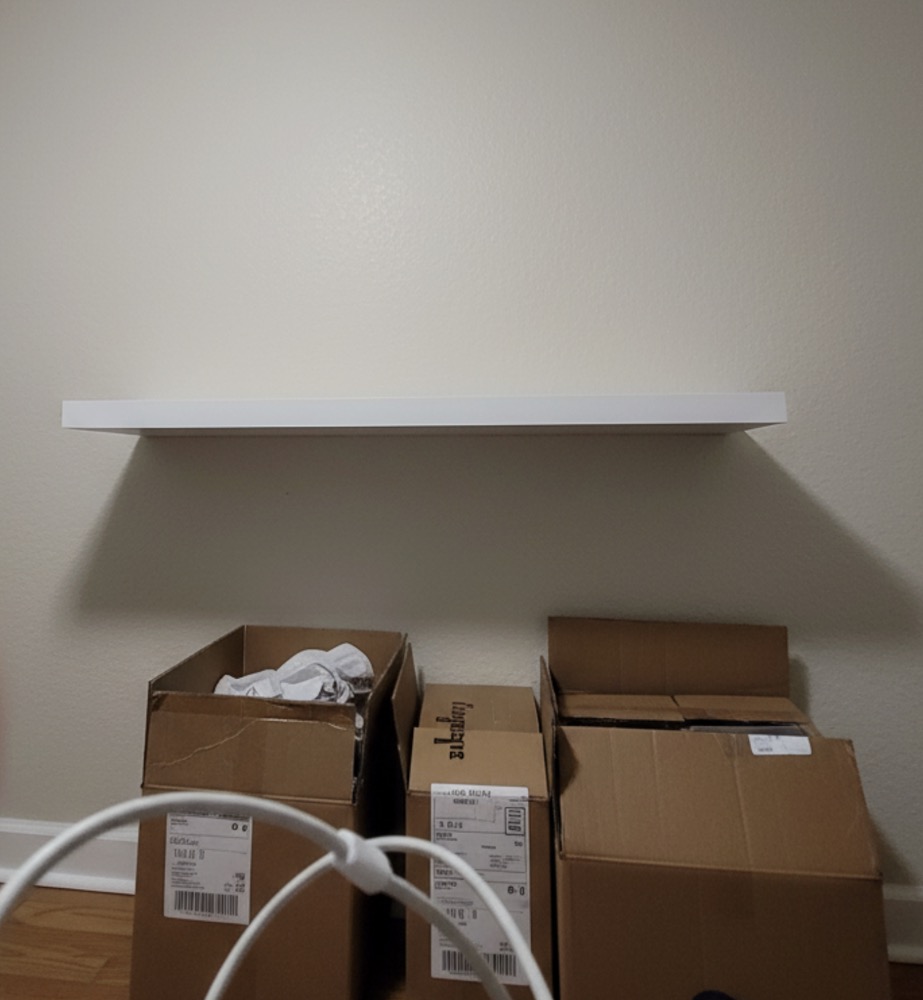
I've spent years in the DIY furniture industry, and I've seen the strong appeal of solid wood. The grain, the feel—it all speaks of quality. But I've also seen designers and businesses hit a wall with its limitations. There's a practical shift happening in the market, and it’s not just about trends. The reasons behind the rise of MDF are compelling, and understanding them can completely change how you approach your next project. It's a story of adaptation, innovation, and meeting modern consumer demands head-on. Let's explore why so many are making the switch.
How do material costs and availability impact your shelf designs?
Relying on solid wood has become increasingly risky for production. Environmental regulations are shrinking supply chains and driving up costs, forcing designers and manufacturers to find more stable alternatives.
Material availability directly impacts design consistency and cost. China's environmental policies have reduced solid wood shelf production, now centered in Shandong. This makes MDF, readily available from Fujian, a more reliable and cost-effective choice2 for large-scale manufacturing, ensuring project timelines and budgets are met.
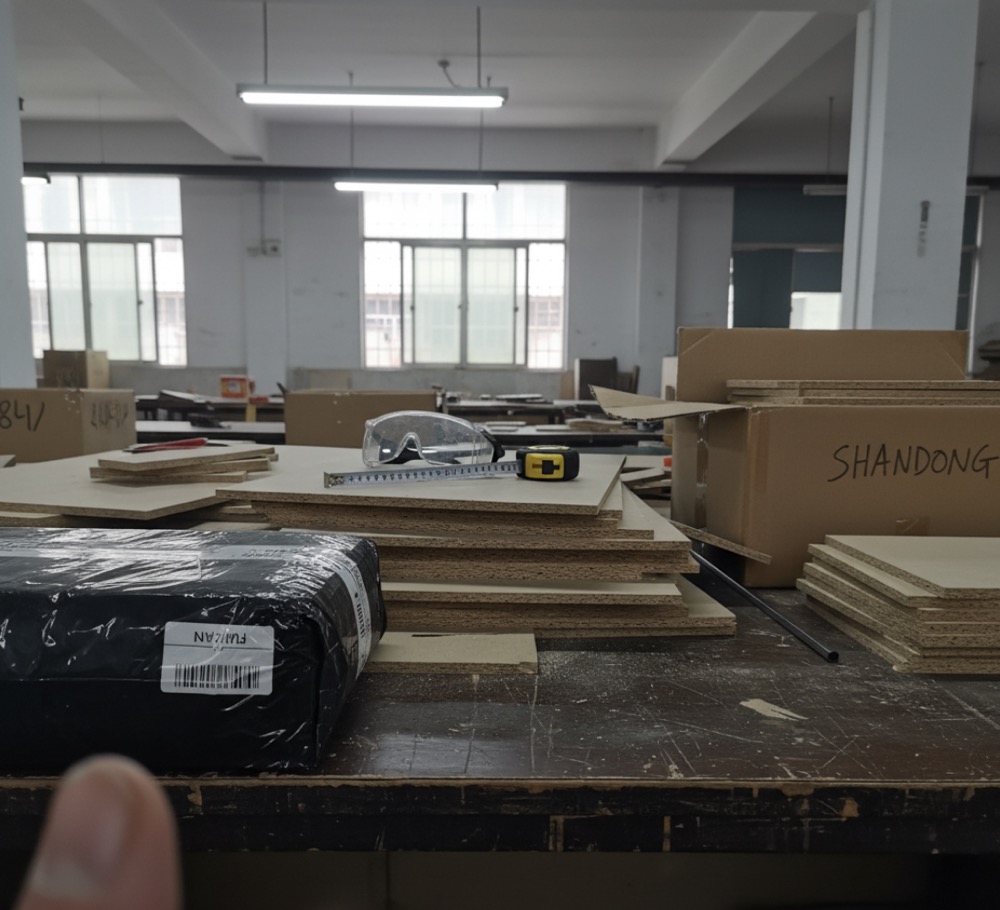
When I first started my trading company, solid wood was the go-to material. But over the years, I saw a dramatic shift. China implemented stricter forest protection policies, which was great for the environment but challenging for our industry. The once-thriving solid wood furniture hubs began to shrink. Today, most production of solid wood floating shelves is concentrated in Shandong province, and they mainly use Paulownia wood.
Wood-Sourcing Challenges
Paulownia is incredibly lightweight. While this has some benefits, it means the shelves need very strong, visible iron brackets to meet load-bearing requirements. This can disrupt the clean "floating" aesthetic that many people want. Pine is another option, but its supply is also limited. This scarcity makes it difficult for designers like Jacky to guarantee a consistent product for large orders.
The Rise of MDF
In response, the industry turned to MDF (Medium-Density Fiberboard)3, with production booming in the southern province of Fujian. This shift provided a stable, predictable, and cost-effective material source.
| Aspect | Solid Wood (Paulownia/Pine) | Laminated MDF |
|---|---|---|
| Main Source | Shandong, China | Fujian, China |
| Availability | Decreasing, inconsistent | High, stable |
| Cost | Fluctuating, often higher | Stable, generally lower |
| Sustainability | Dependent on forest management | Made from recycled wood fibers4 |
For a designer managing tight deadlines, this reliability is everything. You can design a product line with MDF and be confident that the material will be available for mass production, which is something I always emphasize to my clients.
What makes MDF shelves a designer's secret weapon?
Sticking with solid wood often limits your creative palette. Your clients want more colors and unique styles than natural wood grains can offer, pushing you to find a more versatile material.
MDF is a designer's secret weapon because of its unmatched surface versatility. It can be laminated with melamine or PVC, offering endless color and pattern choices. This allows for easy customization, consistent finishes, and modern aesthetics5 that are harder or more expensive to achieve with solid wood.
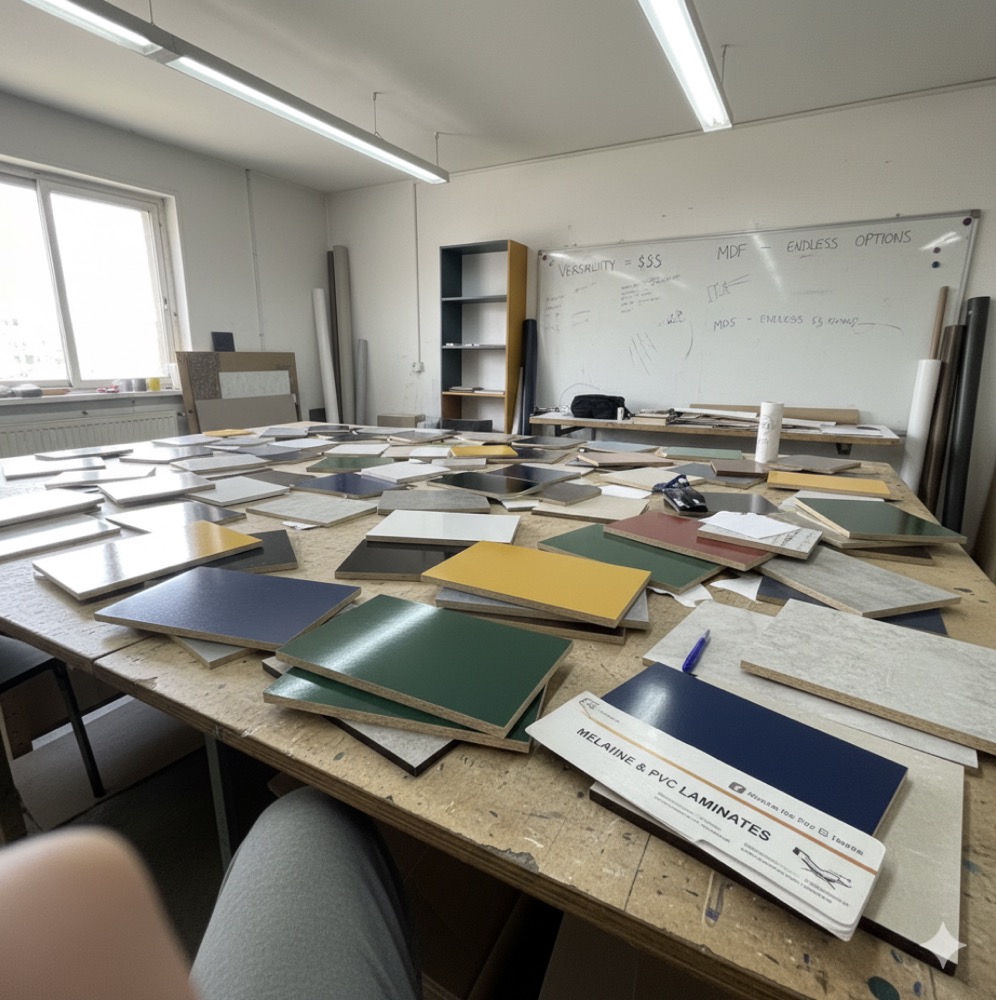
The true beauty of MDF for a designer lies in its ability to be a blank canvas. While the natural grain of oak or walnut is beautiful, it's also limiting. When I work with clients looking to match a specific interior color palette or create a unique brand identity, MDF is almost always the answer. The ability to apply different laminates opens up a world of possibilities.
The Power of Lamination
Melamine and PVC papers are the two most common finishes for MDF floating shelves. They can be produced in virtually any solid color you can imagine. Want a shelf that perfectly matches a Pantone color? With MDF, that's possible. Furthermore, these laminates can be printed with incredibly realistic wood-like patterns. This means you can offer the visual appeal of exotic or expensive woods without the associated cost or sourcing issues. This customization is a huge reason why I've seen orders for MDF shelves skyrocket.
Practical Benefits for the End-User
Beyond aesthetics, these laminated surfaces6 have practical advantages for the consumer.
- Easy to Clean: Unlike porous wood, a laminated MDF surface is non-porous and smooth, making it simple to wipe clean. This is a major selling point for use in kitchens, bathrooms, and kids' rooms.
- Durability: The laminated surface provides a tough layer that resists scratches and moisture better than many raw or stained wood finishes.
For a designer like Jacky, this means he can create a product that is not only beautiful and customizable but also highly functional and user-friendly, ticking all the right boxes for the modern consumer.
Do MDF shelves deliver the modern look consumers want?
Traditional brackets can ruin a minimalist design. Consumers today want a clean, seamless look, but many shelving systems still rely on bulky, visible hardware that clashes with modern aesthetics5.
Yes, MDF's structure allows for robust, fully concealed bracket systems. This lets the shelf sit perfectly flush against the wall, achieving the true, uninterrupted "floating" look. This modern, integrated appearance is a key reason many consumers now prefer MDF shelves over their solid wood counterparts.
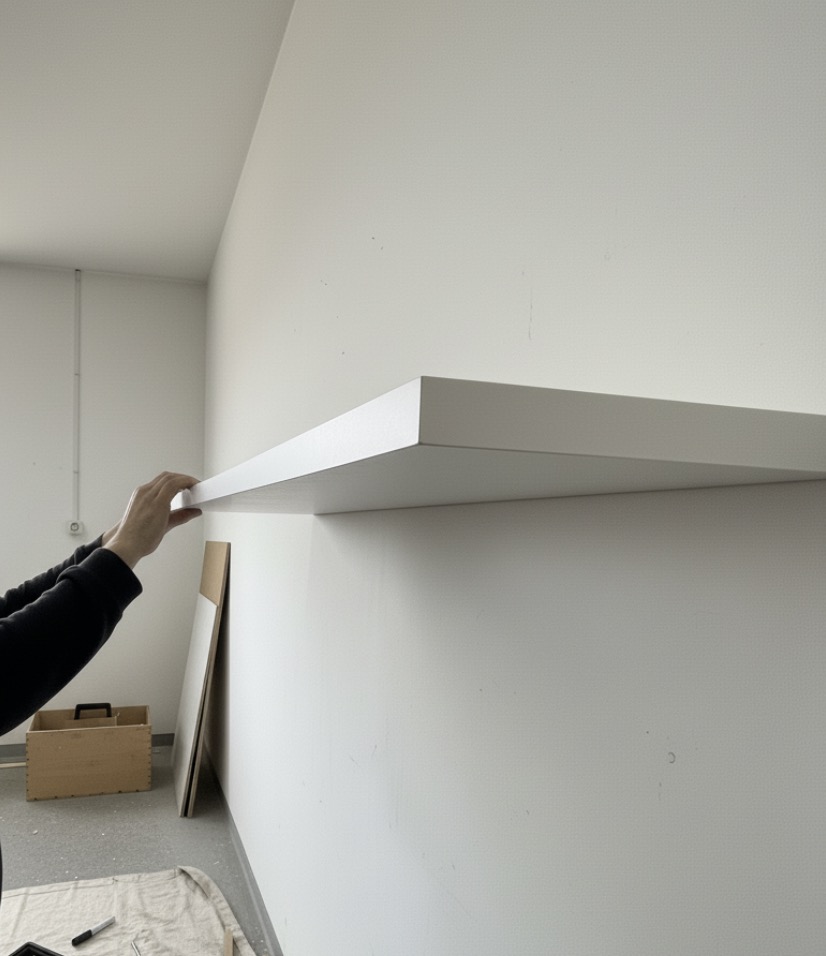
One of the biggest shifts I've noticed in consumer preference is the demand for a truly 'floating' shelf. People don’t want to see the hardware. They want a clean, minimalist slab that appears to grow right out of the wall. This is where MDF construction really outshines traditional solid wood.
Engineering the Seamless Look
MDF shelves are typically made as a hollow-core box or a thick, solid slab. This construction makes it easy to engineer a deep, internal cavity to house a hidden bracket. The bracket, usually a metal frame with rods, is mounted to the wall first. Then, the shelf simply slides over the rods, completely concealing the mounting system. Because MDF is dense and stable, it can be machined precisely to ensure a snug fit with no gaps. Many popular MDF shelves are also thicker, often between 1.5 to 2 inches, which adds to their modern, substantial look and feel.
Why Solid Wood Struggles Here
Achieving this same seamless look with solid wood is much more difficult and expensive.
- Hollowing Out: Routing out a large cavity in a solid piece of wood is a time-consuming and wasteful process.
- Wood Movement: Solid wood naturally expands and contracts with changes in humidity. This movement can cause the shelf to crack or warp around a fixed internal bracket over time.
- Weight vs. Strength: As I mentioned with Paulownia, lightweight woods need strong, and often visible, support. Heavier woods can support a hidden bracket, but the shelf itself becomes very heavy.
The simplicity and effectiveness of hidden bracket systems7 in MDF shelves are a perfect match for modern interior design trends. It's a key functional advantage that directly translates to the aesthetic consumers are asking for.
Conclusion
In short, MDF floating shelves are not just an alternative to wood. They are a superior choice for modern design, offering unmatched style versatility, easier maintenance, and the clean, seamless installation that today's market demands.
Explore the advantages of laminated MDF floating shelves, including design flexibility and ease of maintenance. ↩
Discover why MDF is considered a cost-effective option for furniture production and design. ↩
Find out why MDF is a favored material in furniture design, offering stability and versatility. ↩
Explore how recycled wood fibers enhance sustainability and design in furniture, making them a smart choice for eco-conscious consumers. ↩
Delve into the elements that define modern aesthetics and how they influence consumer preferences. ↩
Discover the benefits of laminated surfaces, including durability and ease of cleaning. ↩
Learn about hidden bracket systems and how they create a modern, floating shelf aesthetic. ↩
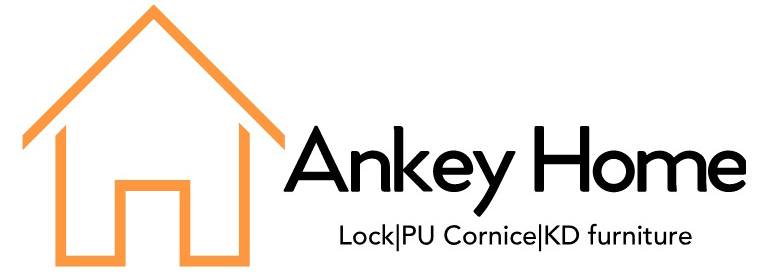
Leave a Reply